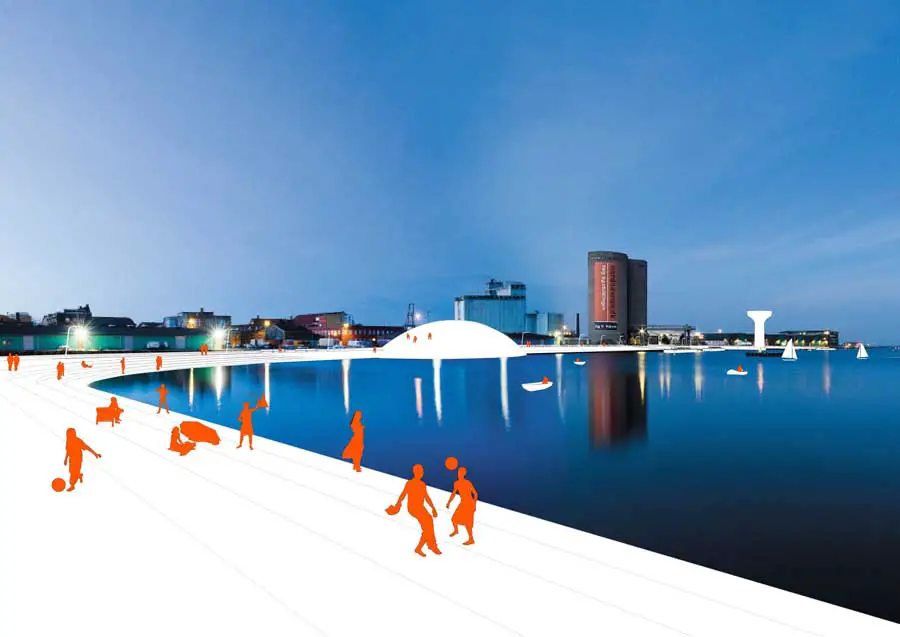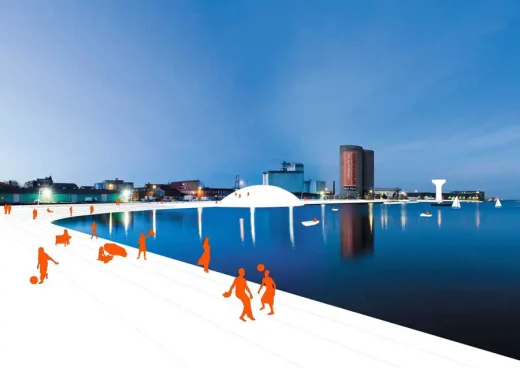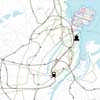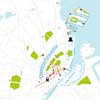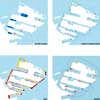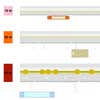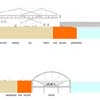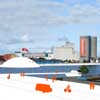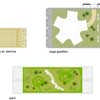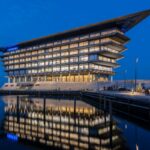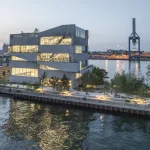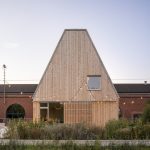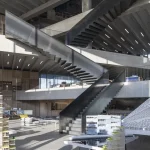Northern Harbour Copenhagen, Danish Waterfront Buildings Project, Danish Docklands Design News, Property Images
Northern Harbour Development Copenhagen
Nordhavn København, Denmark design by morePlatz architects, The Netherlands
Architects: morePlatz
4 Feb 2010
Nordhavn København
MAXINQUAY
In the 1960s and 1970s harbour areas and their waterfronts were not much appreciated in many european cities. They were neglected and considered problematic, for example in Hamburg, Genova, Kopenhagen, Amsterdam. Quite often they were cut off from the city’s most frequented neighborhoods by vast infrastructural bodies and douane barriers.
Today – due to re-location and modernization of harbor activities – these areas offer great opportunities for development of new neighborhoods. They usually are close to the city centre. They represent an almost tabula rasa situation. New concepts and design parameters can be implemented at a large scale, which is mostly impossible in given city – context. This includes considerations of sustainability, new life-styles etc…e.g. Hamburg, Genova, Kopenhagen, Amsterdam
Harbour areas have a strong characteristic identity and atmosphere; the traces of labour and usage; the proximity to the water; the large spaces of bassins and long stretched quays.
First, a valid strategy for conversion of these areas into new neighborhoods and public space must aim for preserving its unique character and make it accessible and usable.
Secondly ‘thinking blue’ means to further improve the waterquality in the bassins of Nørdhavnen, since it is part of that public space and should as well be suited for a lot of activities.
In Nordhavn there will be a lot of public space along the water: calculating an average width of 20m it totals more than 25ha of quay space and more than 12km of quay length: it roughly doubles the accessible quay-length of Copenhagen centre.
Successful public space does not need a lot of design with a capital ‘D’. It is mostly designed / defined by the combined presence of public functions and public connections.
This is why we cannot only ‘design the edge’ – a strategy for public space is integrated with considerations concerning public network and functions.
– add connections of the site with the city centre
– bridges over the infrastructure barriers
– bike connection
– public transport – monorail train; buslines; waterbus; watertaxi network
– add new water to avoid dead end water bassins: improve water-quality and allow for shortcuts and a network of watertransport
– add useful and functional quay profiles according to orientation;
3 kinds of profiles are proposed all of which accommodate pedestrian and bike lanes, stops for watertaxi and waterbus, bike stalls, public showers and benches
A. 10 – 15m: serves the circulation and access with the main functions (mostly North oriented)
B. 20 – 25m: serves the circulation and access plus has an extra width that allows for additional programme like picnic, playground, cafes on the quay, steps down to the water etc… (mostly South oriented)
C. 30 – 40m: these are part of the circulation network, but offer extra qualities for viewing points, resting areas, mini parks (mostly at the heads of the quays)
– add squares, parks and venues: like in the existing urban fabric there is a number of special places to create addresses and destinations in the new area. They are combined with public program.
– add public functions like restaurants, bars, hotels, theatre, museum, pools, beach, market, cinema……
– add an extra layer of floating public program attached to the quays that can vary in position over time or according to season – the usage of the quays can be programmed or curated. A catalogue of specially furnished and equipped pontoons or hopper-barges allows to install public functions and to help activating the quays without imposing a fixed design.
These are an important element in order to guarantee the usage of the quays throughout the year. With the winter season being quite long in DK, these barges can be maintained and converted to covered spaces in its own ‘barger-dock’. Thus public functions can be provided along the quays all year long.
Northern Harbour Copenhagen images / information from morePlatz architects
Location: Copenhagen, Denmark, northern Europe
Copenhagen Architecture
Contemporary Architecture in the Danish Capital – architectural selection below:
Northern Harbour Copenhagen
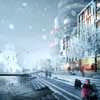
image : COBE, SLETH MODERNISM, Polyform and Rambøll
morePlatz is a Rotterdam based architectural practice
Nordhavn Islands Copenhagen
Design: C.F. Møller Landscape
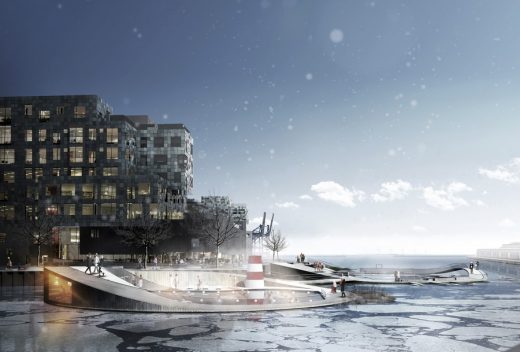
image from architect
Nordhavn Islands Project Copenhagen
Copenhagen Building News – Selection
Royal Playhouse : Lundgaard & Tranberg Arkitekter
Tivoli Conference Centre, Copenhagen : Kim Utzon Arkitekter
Tuborg Waves, Denmark : Vilhelm Lauritzen Architects
Comments / photos for the Northern Harbour Copenhagen Architecture design by morePlatz architects page welcome

